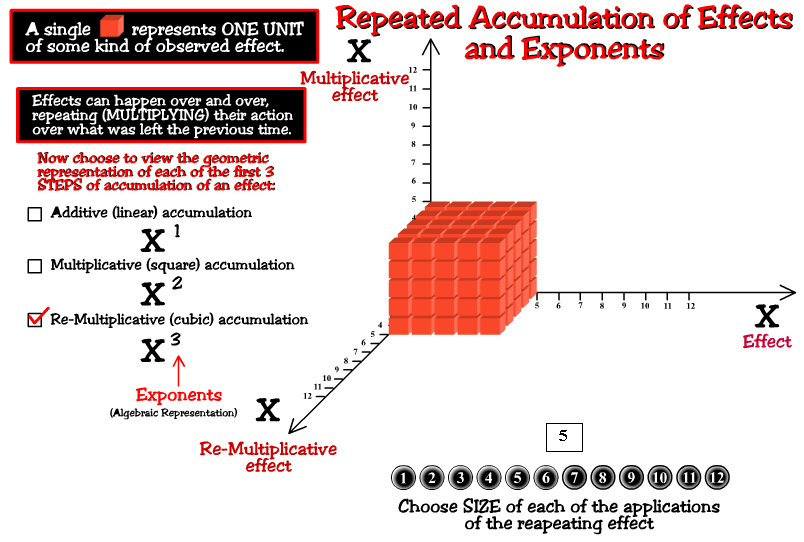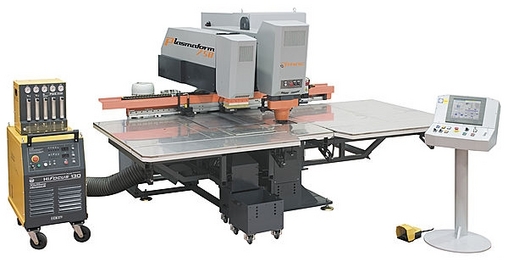
SUBJECT: – Mathematics: Third grade, Ms. Stanley
Mathematics area : Measurement and Geometry
LESSON The basic shapes and measurements in geometry

CDE - California Content Standards:
1.0 Students choose and use appropriate units and measurement tools to quantify the properties of objects:
1.1 Choose the appropriate tools and units (metric and U.S.) and estimate and measure the length, liquid volume, and weight/mass of given objects.
1.2 Estimate or determine the area and volume of solid figures by covering them with squares or by counting the number of cubes that would fill them.
1.3 Find the perimeter of a polygon with integer sides.
MATERIALS AND AIDS (what you will need in order to teach this lesson)

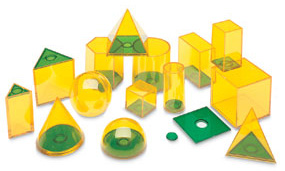
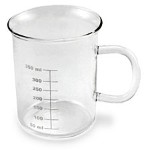
PROCEDURE
- Briefly discuss the meaning of GEOMETRY ("measuring the earth"), and how the process of measuring basic shapes helps understand and measure more complex shapes
- Use virtual activities (see provided list below) to present basic concepts, allowing students to participate from their desks.
- Use physical materials (see list below) to match virtual activities and master the concepts through manual repetition
- NOTE: This lesson will most likely require more than one session to complete and as necessary and possible, repeat for mastery
INSTRUCTIONAL GOAL Students should be able to identify the four basic shapes in geometry (squares, rectangles, triangles, circles, and related prisms and pyramids), measure and create formulas for their four basic qualities: Perimeter, Area, Volume, and Surface area.
PERFORMANCE OBJECTIVE Students should be able to identify, compute and deduce a formula for each quality of each basic geometric shape on their own, 100% of the time.
RATIONALE An understanding of the basic shapes and the process of measuring is key to the appreciation and effective execution of activities involving real-life objects and measurement, where precise regularity is more often not the rule, but the exception. Using approximations of regular basic shapes to assess the characteristics of irregular shapes is a useful, common approach in higher level mathematics, science, and engineering activities
LESSON CONTENT: This lesson block is suitable to be divided into corresponding, smaller blocks of sequential stepped-up understanding-assessment-practice-assessment segments. The lesson includes virtual and physical participatory activities.
INSTRUCTIONAL PROCEDURES:
1.- Students will be presented first with a motivating visual and physical description of geometry and basic shapes at work, followed by multiple opportunities to see and analyze the regularities of basic shapes and their measurements.
| Focusing event (something to get the students' attention) |
Show and share various natural-occuring regular shapes that highlight the use of basic geometric shapes, e.g. crystals, rocks, sun, moon, stars, household items, tires, living creatures eyes, cells, etc. - USE VIRTUAL AND PHYSICAL IMAGES, AS APPROPRIATE |
|||||||||||||||||||||||||
|
Teaching procedures (methods you will use) |
Begin a sequential introduction of SHAPES > MEASUREMENTS. Call, describe and share the activities: + Using the ruler for width and height (Activity 1, worksheet1 and Activity 2, worksheet2), +Meas perim & area , Perimeter-Area-video, +Making volume , and Circles and the number Pi - What is Pi? for an introduction with hands-on distance measurement. After a break, introduce the Basic geometric measurement activity, and describe each concept in the display gradually, as outlined in the 16-step matrix below: During each of the sixteen steps involved, students can participate from their desks using either their own station, moving up to access and touch a large, shared classroom "smart board" available, or from their desks, using a long-range, shared wireless mouse provided. These are the steps in order of shape and geometric feature:
NOTE: The VOLUME of pyramids (including cone) or "pointy prisms", is always equal to 1/3 of the volume of their corresponding straight prisms. |
|||||||||||||||||||||||||
|
Formative check (progress checks throughout the lesson) |
Using a paper cup, and a ruler (OR MEASURING TAPE for curves), to obtain the measured PERIMETER and DIAMETER of the circles at the base and top ends of the cup, the students will determine the relative size / proportion between these on circles (the number Pi: Dividing the measured perimeter, by the measured diameter) - Measure each corresponding PERIMETER & DIAMETER, and divide. It should be approximately the same proportion, around 3+. Can do likewise with the classroom trash can, if circular. Using the physical/acrylic CUBE, RECTANGLE, TRIANGLE, and CIRCLE - PRISM and PYRAMID objects, students will determine their volume and surface areas, using the GRID PAPER and the RULER. Students can use the printout of the printed WORKSHEET to collect answers. The teacher will use the GRADUATED BEAKER by pouring measured amounts into each shape to demonstrate the correctness (approximate, perhaps) of the VOLUME calculations |
|||||||||||||||||||||||||
|
Summative check
|
Use related questions selected from the published STAR released questionnaires for Math: |
|||||||||||||||||||||||||
|
Student Participation (how you will get the students to participate) |
Information display and interactive multimedia activities will be shared through large classroom projection images. Student interaction will be enabled through the use of a long-range wireless mouse, so students can pass around the device and provide collaborative input and sharing from their own desks. Student collaboration will be needed when measuring the volume of the acrylic shapes. An additional ruler-measurement activity (worksheet) can be called for students to do independently, or as a group |
|||||||||||||||||||||||||
|
Closure (how you will end the lesson) |
A restatement of the INSTRUCTIONAL GOAL, PERFORMANCE OBJECTIVE and RATIONALE will be made and connected to what was learned. |
BASIC SHAPES ACTIVITY SCREEN AND WORKSHEET - IMAGES
MAKING VOLUME ACTIVITY SCREEN
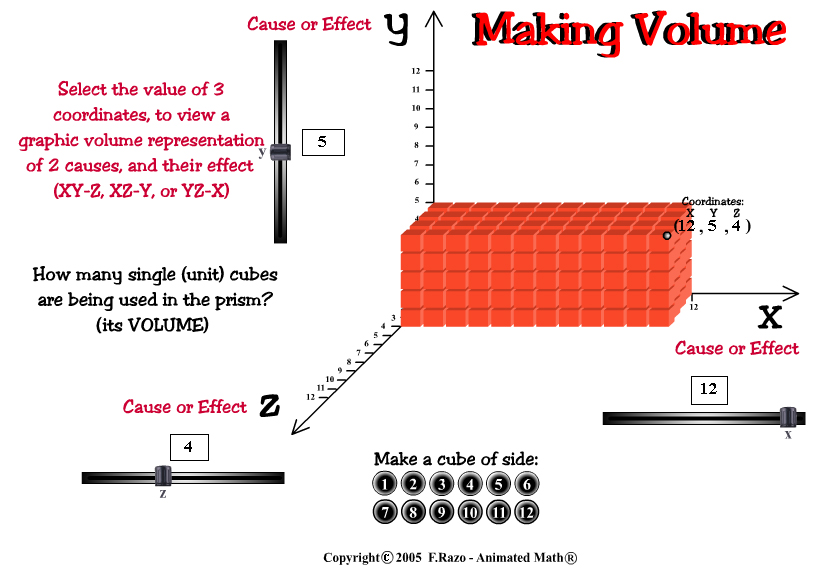
REPRESENTING EXPONENTS AS LENGHT, AREA, AND VOLUME
